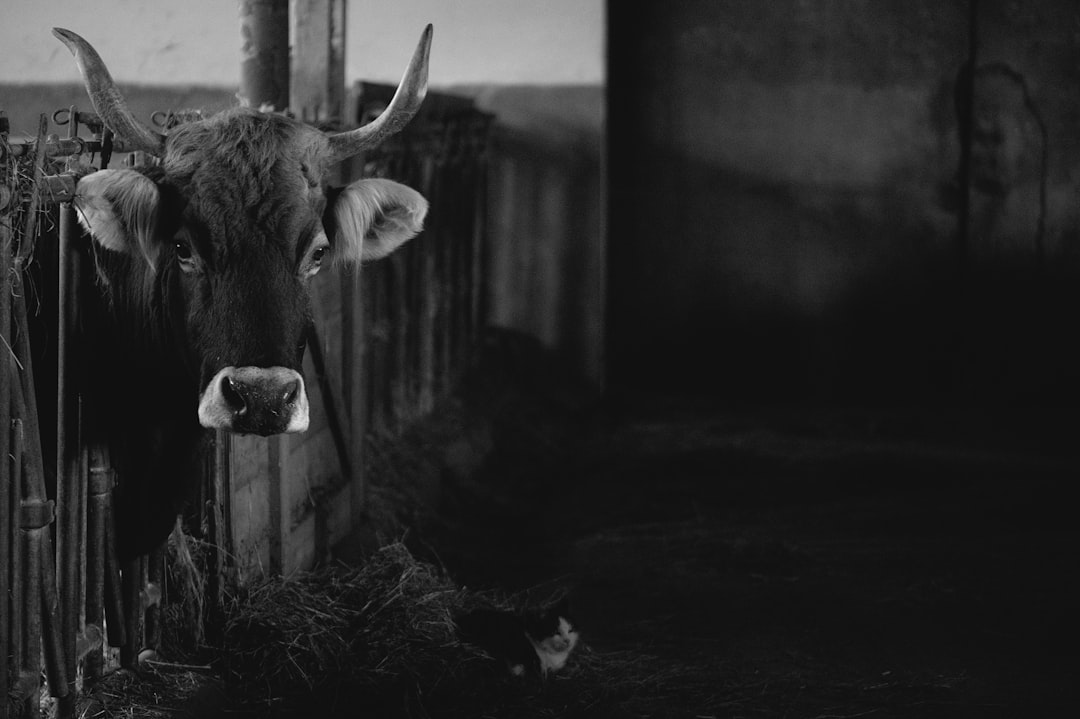Intensive animal production systems, often referred to as factory farming, have become a dominant model in modern agriculture due to their efficiency and cost-effectiveness. However, these systems face significant challenges related to animal welfare and environmental sustainability. This post explores the complexities of intensive farming, discussing both the challenges and potential improvements that can help balance efficiency with ethical and environmental concerns.
Challenges of Intensive Animal Production
-
Animal Welfare Concerns
Intensive farming often involves confining large numbers of animals in small spaces, which can lead to stress, reduced mobility, and compromised natural behaviors. Practices like sow stalls for pigs and battery cages for chickens have been criticized for their welfare implications. The inability of animals to express natural behaviors can result in health issues and behavioral problems. -
Environmental Impact
Intensive farming contributes significantly to environmental degradation through greenhouse gas emissions, water pollution, and soil degradation. The concentration of manure in these systems can lead to eutrophication and air pollution, affecting both local ecosystems and global climate change. -
Public Health Risks
The use of antibiotics in intensive farming to prevent disease in crowded conditions has raised concerns about antibiotic resistance, posing risks to human health.
Potential Improvements
-
Precision Livestock Farming
Technologies like wearable sensors and automated feeding systems can enhance animal welfare by monitoring health in real-time and optimizing nutrition. These tools allow for early detection of stress or illness, reducing the need for antibiotics and improving overall well-being. -
Sustainable Nutrient Management
Implementing efficient manure management systems, such as biogas production, can reduce environmental impacts by converting waste into renewable energy and minimizing methane emissions. -
Alternative Housing Systems
Transitioning to more spacious and naturalistic housing systems can improve animal welfare. For example, free-range systems for poultry and group housing for pigs can enhance behavioral expression and reduce stress. -
Genetic Advances
Breeding animals with traits that enhance sustainability, such as lower methane production or improved feed efficiency, can reduce environmental impacts while maintaining productivity.
Conclusion
Intensive animal production systems face significant challenges related to animal welfare and environmental sustainability. However, by embracing technological innovations, sustainable practices, and ethical considerations, it is possible to improve these systems. Balancing efficiency with welfare and environmental concerns requires a multifaceted approach that integrates technological advancements, policy changes, and consumer awareness. As the livestock industry continues to evolve, prioritizing these improvements will be essential for ensuring a sustainable and responsible food production system.
Future Directions
Looking ahead, the future of intensive animal production will likely involve increased adoption of precision farming technologies, more stringent regulations on animal welfare, and greater emphasis on environmental sustainability. Collaboration between policymakers, farmers, and consumers will be crucial for driving these changes and ensuring that intensive farming systems align with broader societal values of sustainability and compassion. By embracing these innovations and ethical considerations, the industry can transition toward more sustainable and humane practices.
Citations:
- https://www.britannica.com/technology/factory-farming
- https://www.rspca.org.uk/adviceandwelfare/farm/onfarm
- https://jptcp.com/index.php/jptcp/article/view/2477
- https://en.wikipedia.org/wiki/Intensive_animal_farming
- https://pmc.ncbi.nlm.nih.gov/articles/PMC9404898/
- https://nutrinews.com/en/navigating-towards-sustainable-livestock-production/
- https://www.fairr.org/news-events/insights/intensive-animal-agriculture
- https://faunalytics.org/farm-animal-welfare-a-review-of-standard-practices-and-their-effects/
- https://www.mdpi.com/journal/animals/special_issues/UQ2DAX211W
- https://alliancebioversityciat.org/stories/sustainable-livestock-farming-practices-resilience

Comments
No comments yet. Be the first to comment!
You must be logged in to comment. Login